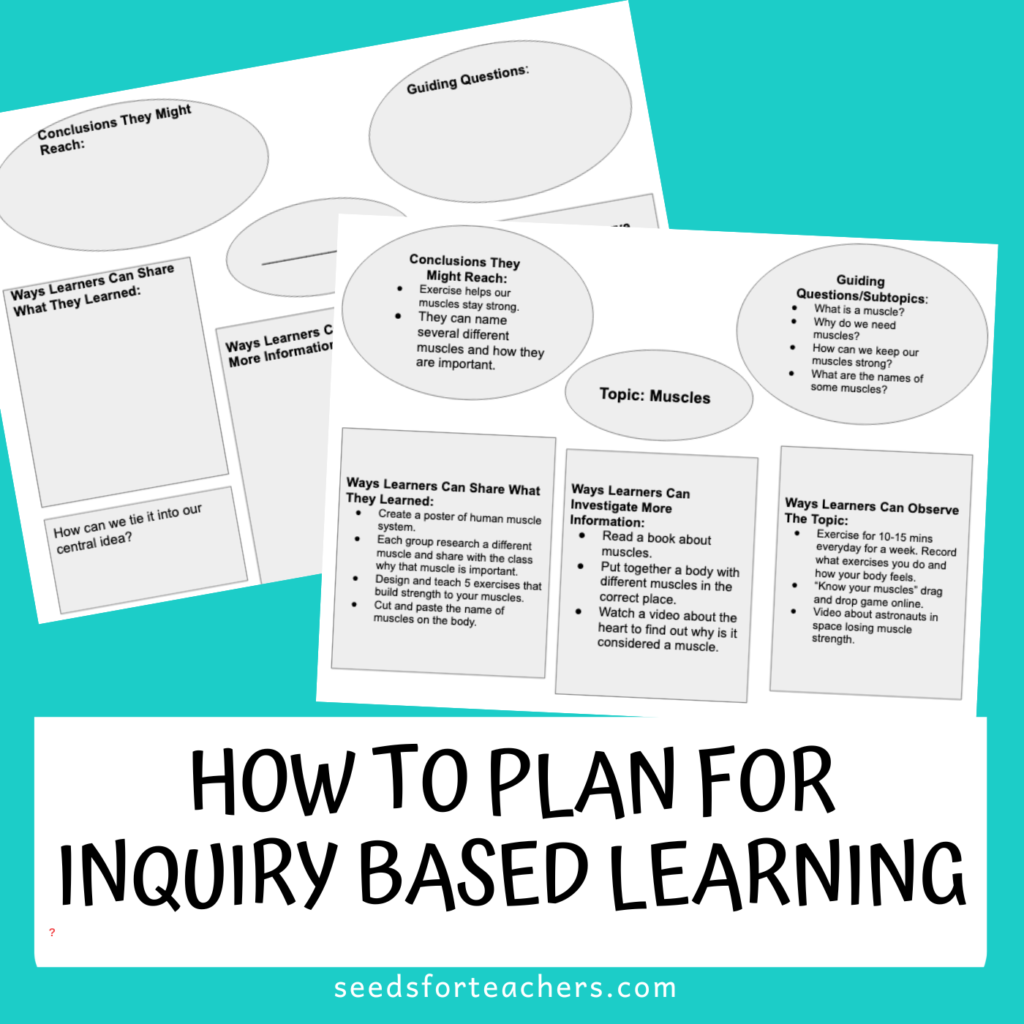Critical thinking is a crucial skill for students to develop in school. It is the ability to think deeply, logically, and independently about a topic, problem, or situation. The importance of critical thinking in education cannot be overstated, as it empowers students to become more effective learners, thinkers, and problem-solvers.
5 Reasons Why Critical Thinking Is So Important To Teach in School:
1. It prepares students for the real world.
In today’s fast-paced and constantly changing world, critical thinking is essential for success. The ability to analyze information, evaluate arguments, and make informed decisions is crucial in any career or life situation.
2. Enhances problem-solving skills.
Critical thinking skills help students approach problems from different angles and develop creative solutions. They learn to ask questions, challenge assumptions, and make informed decisions based on evidence.
3. Encourages intellectual curiosity.
Critical thinking encourages students to be curious about the world around them. They learn to seek out new information, consider multiple perspectives, and evaluate the credibility of sources.
4. Improves academic performance.
The ability to think critically can help students excel in their academic pursuits. They learn to read and analyze texts more effectively, write more persuasive arguments, and participate more meaningfully in class discussions.
5. Fosters independent thinking.
Thinking critically encourages students to think for themselves, rather than simply accepting what they are told. They learn to question authority, challenge conventional wisdom, and form their own opinions based on evidence.
So how can educators foster critical thinking in the classroom? Here are some strategies:
1. Ask open-ended questions.
Instead of asking questions with simple answers, ask questions that require students to think deeply and develop their own answers. Encourage them to support their answers with evidence and to consider alternative viewpoints. You can use tools such as Bloom’s Taxonomy or Webb’s Depths of Knowledge to help you ask deeper questions. Check out these FREE Bloom’s question stem slips that you can print out. Cut them up and stick them in a jar. Each time you’re trying to think of a question to ask, just pull out a question stem from the jar.

2. Encourage reflection.
Have students reflect on their own thinking processes and decision-making strategies. This can help them become more aware of their own biases and assumptions. I’ve got a set of exit tickets that include a lot of reflection questions. They can be used for any subject.

3. Use problem-based learning.
Engage students in real-world problems that require them to think critically and apply what they have learned. This can help them develop their problem-solving and critical thinking skills.
4. Teach information literacy.
Help students learn how to evaluate sources and analyze information effectively. Teach them to identify bias, recognize propaganda, and use critical thinking to assess the credibility of sources.
5. Promote debate and discussion.
Encourage students to engage in respectful debates and discussions about complex topics. This can help them develop their thinking, communication, and collaboration skills.
6. Model critical thinking.
As an educator, model critical thinking by asking thoughtful questions, challenging assumptions, and encouraging students to think for themselves. This can help students learn to think critically and independently.
By implementing these strategies, teachers can help students develop critical thinking skills that will serve them well throughout their academic and professional careers. Thinking critically is a crucial skill for success in today’s world, and it is up to educators to help students develop this essential skill.
Check out these other posts:



